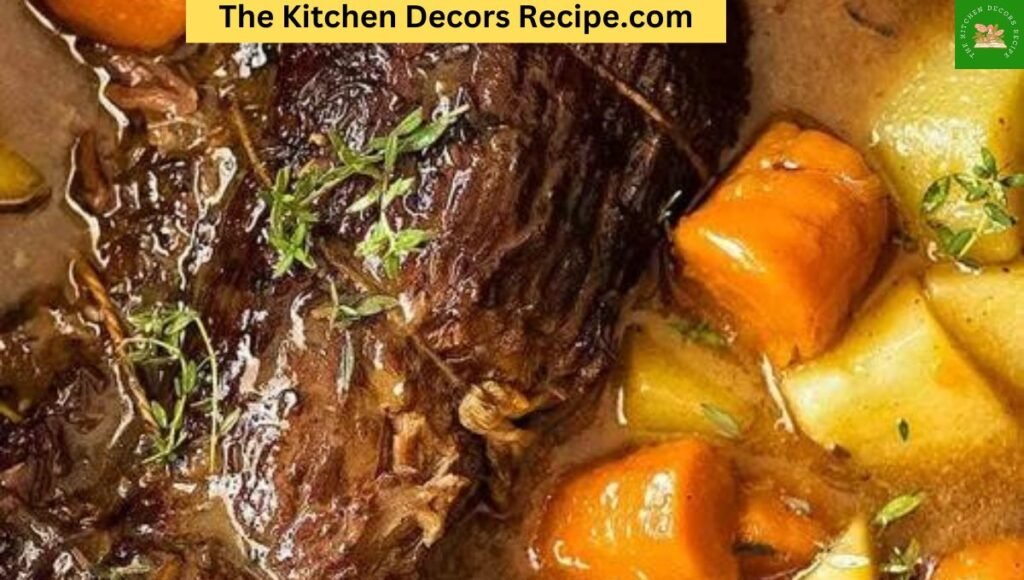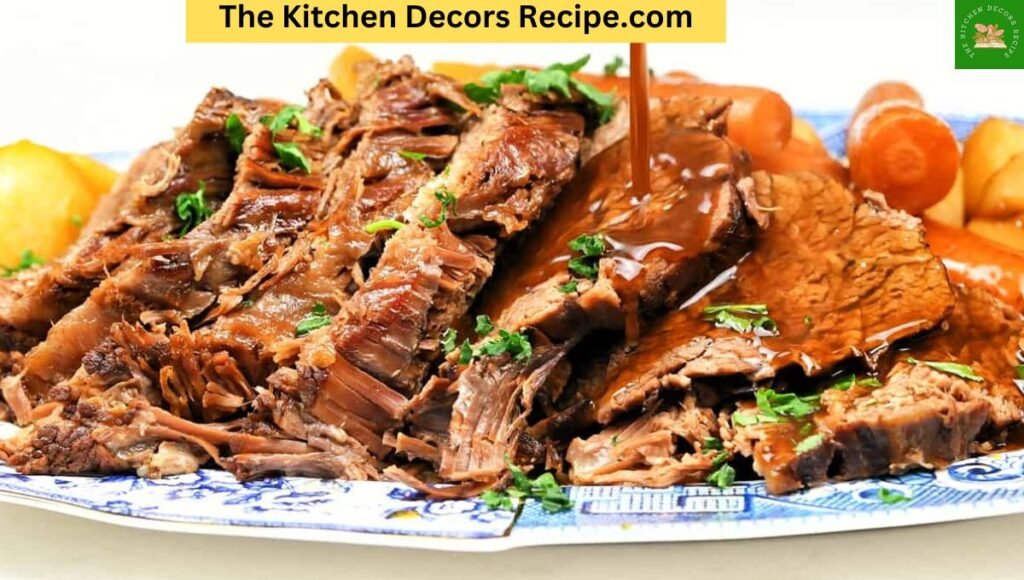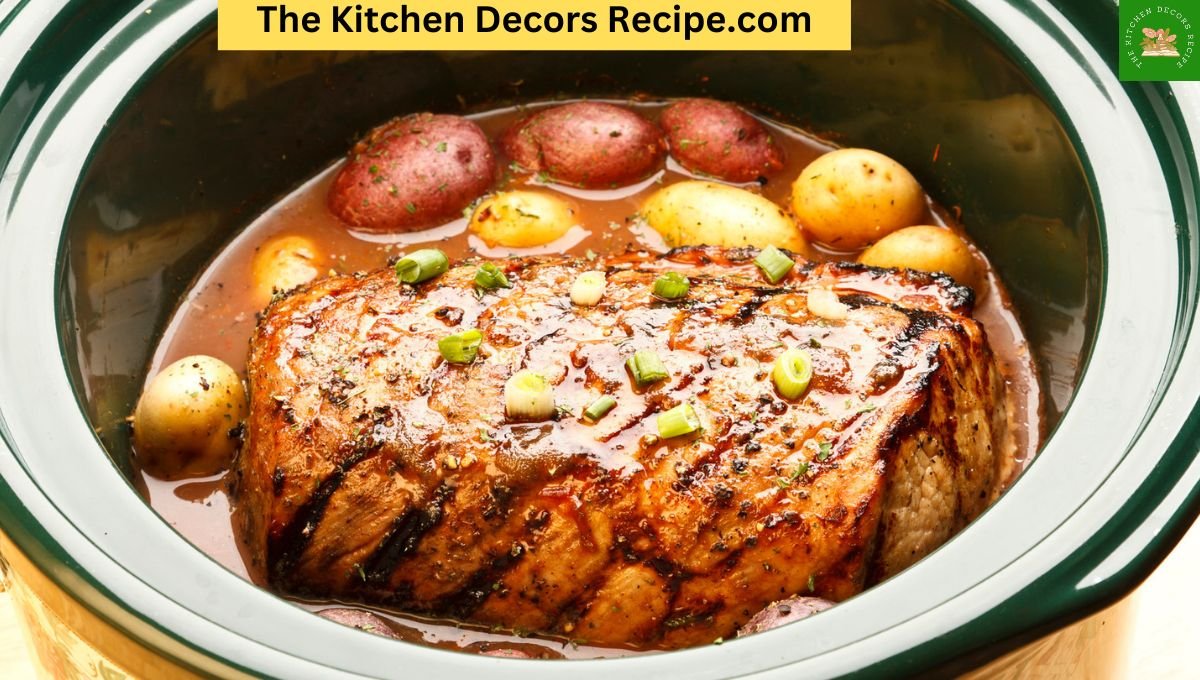How do you keep beef from getting tough in a slow cooker : Kristen Carli M.S. R.D. owner of Camelback Nutrition & Wellness tells SELF that beef can be tough in a slow cooker if there is not enough liquid or if it’s not cooked long enough. The fattier cuts of meat are usually the ones that become juicy and tender. You will see that lean cuts of meat are more likely to dry out.
Carli suggests that your slow cooker might not be working as hard as it should. She suggests cooking longer or at a higher temperature.
- See More Recipe
- How do you thicken beef gravy in a slow cooker
- What happens if you overcook beef in a slow cooker
- How long can you cook a roast in a Crock-Pot without overcooking it
Is it safe for a slow-cooker to be left on over night?
The short answer is: yes. Slow cookers can cook food for long periods of time. Some slow cookers allow you to leave them on up to 24 hour. Follow the instructions in your manual and set it to warm or low rather than high. “[Low] keeps it at a temperature that is safe (usually between 145 and 165 degrees Fahrenheit),” says Dr. Ruder. “Long-term use of the high setting on a slow cooker can result in dried-out, overcooked food.”
You’ll want your cooking skills to improve now that you know the basics.

Avoid these mistakes when slow-cooking your food.
1. You don’t sear your meat first.
There are better methods than putting raw meat into your Slow Cooker. Kornblum told SELF, while you technically could slow-cook raw meat, it wouldn’t produce the best results. If you brown the meat first, it will add a rich caramelized flavor to your dish.
2. The wrong cuts of meat are being chosen.
No cuts of beef are off limits in a slow cooker. However, Michele Sidorenkov recommends marbling and fatty cuts, as well tough cuts, because they are “full collagen and connective tissues” which break down over time. Slow-cooked meats are incredibly tender.
3. You cook chicken with its skin on.
No matter how long it is cooked, the skin of chicken will not be delicious if you leave it in a slow cooker for too long. Even if the skin-on meat is seared before it goes into your slow cooker, it will likely end up rubbery and mushy. Kornblum says that if you want to cook the chicken with the skin, then broil it for a couple of minutes once the slow cooker is finished.
4. Salt the food too much at first.
Christopher M. Wilmoth is the corporate chef of Hong Kong’s Lee Kum Kee and tells SELF that adding a lot of salt at the beginning, when the ingredients are raw, will likely result in over-seasoning. He explains that if too much seasoning, stock or sauce is added to a slow cooker, the dish may taste too salty, even if it was properly seasoned. What’s your best bet? Start by seasoning with just a tiny amount of salt, then add more salt when you’re done.
5. Fresh herbs are added at the beginning.
Fresh Herbs are best when they’re fresh. Add a sprig or two of thyme to your Crock-Pot before you start cooking. It will likely brown and lose flavor by the end. What’s a better alternative? The dried herbs should be added at the beginning of the dish, so that the ingredients can meld together. Finish with fresh herbs. They’ll give your dish a bright, refreshing, and vibrant punch.
6. Use the correct amount of liquid
What liquid should you put in your slow cooker? Be careful not to add too much liquid when converting a recipe for your slow cooker. You should reduce the amount by half, as the lid will trap moisture and prevent it from cooking off. Make sure the meat is completely covered with liquid. Otherwise, keep it low.
7. You don’t add the correct amount of ingredients.
Vance and Lacalamita recommend that slow cookers be filled “at least half-way, but not more than two thirds full.” If you fill it less than halfway, the food will overcook. On the other hand, if your slow cooker is too filled, your food won’t cook.
8. You don’t layer your food.
You should always remember that the slow cookers, such as the Crock-Pot, have the heat source at the bottom. This means that you should start with the foods that will take the longest time to cook. The U.S. The Food and Drug Administration recommends that you start with vegetables, then meat or poultry. The top of the oven is the best place to cook delicate items.
9. Every now and then, you can remove the lid of the pot to stir.
Do not peek. Wilmoth says that slow cookers trap heat. He tells SELF that “every time you remove the cover, the slow cooker will lose heat.” Kornblum advises that if you must take the lid off before it is done (perhaps you need to add some ingredients at the last minute), you should do so as quickly as you can – 30 seconds maximum. Let your slow cooker work its magic and you’ll be ready to eat in just a few short hours.
10. You don’t need to grease the slow cooker.
It’s not necessary to use a nonstick spray if your main cooking is soups and stews. However, many sweet recipes require it in order to avoid a mess. Oil or butter can be used. Sidorenkov told SELF that if you’re making a [dessert] recipe in a slow-cooker, such as a cake or brownies, it is important to grease the cooker before. If your slow cooker has the capability to sear your ingredients before slow cooking and is a Multi-Cooker, then I recommend adding oil to the surface of the slow cooker to prevent your ingredients from sticking when browning.

Why does slow cooking work for beef?
Slow cooking involves cooking food for a long time at low temperatures. This method is great for beef, as it softens the toughest cuts and intensifies flavors. Slow, gentle heat breaks collagen in meat, resulting in juicy, flavorful, and tender dishes.
Meats for slow cooking
When slow -cooking, it is important to choose the right kind of meat. Slow cookers are best suited for tougher cuts of beef, such as chuck, short ribs or shanks. These cuts are tougher as they are from the most muscular parts of the animal and contain a lot of collagen-rich connective tissue.
Slow, low-temperature, long-term cooking allows the collagen to degrade over time, producing meat that is flavorful and tender.
Due to the lack of connective tissue and fat, lean cuts can dry out and become tough when cooked in a slow cooker. For best results when slow cooking, use more marbling and tougher cuts.
Why would meat still be tough in a slow cooker?
You may still find that even with the best meat, your dish is tough after slow cooking. It is usually an indication that the meat needs more time to break down the collagen rich connective tissue. Slow cooking rewards patience; by extending the cooking time, you will notice that meat becomes more tender and succulent.
This scenario is different from another common error: using quick-cooking meats in a slow cooker. Slow-cooking cuts of meat, like tenderloin and chicken breasts lack the connective tissue and fat that quick-cooking cuts have. becomes tough and unpalatable when cooked in a slow cooker for long periods. These cuts are not suitable for slow-cooking, and the toughness of these cuts is not related to cooking time, but rather, their suitability for cooking methods.
How to fix tough meat in a slow cooker?
Check what kind of meat you have used. The best cuts to use in a slow cooker will have a lot of fat and connective tissue. These are usually found on the tougher and more worked parts of an animal. Examples include chuck roasts, pork shoulders, and shanks. This could be because you used a quick-cooking or lean cut.
Second, determine how long it has been cooking. Slow Cooking requires patience. It may be that your meat still needs more time to allow the collagen-rich tissues in the connective tissue to fully break down. Follow the recipe instructions for cooking time, but keep in mind that these times can vary depending on how large and small the cut of meat is.
Check if the slow cooker is hot and on. It’s a very simple step but it is crucial. The meat won’t cook properly if the slow cooker doesn’t get hot enough. This will result in a tough texture. Check that your slow cookware is working properly and that it’s set at the correct temperature to prepare the dish.
